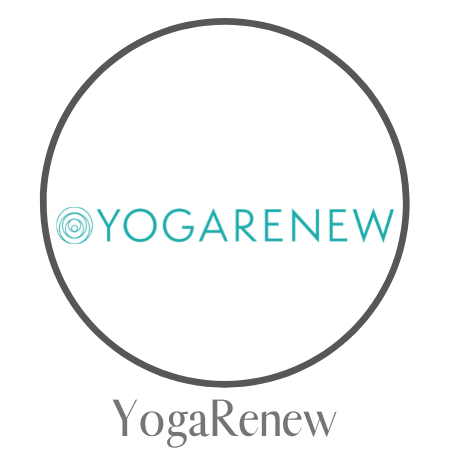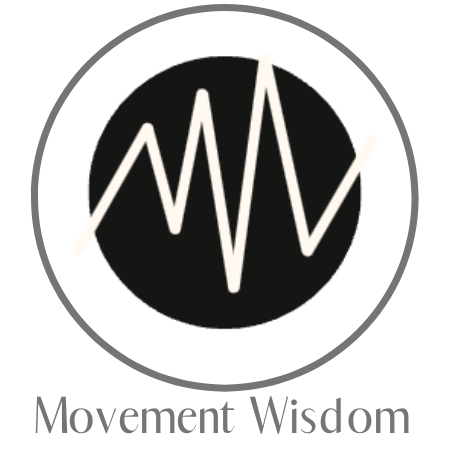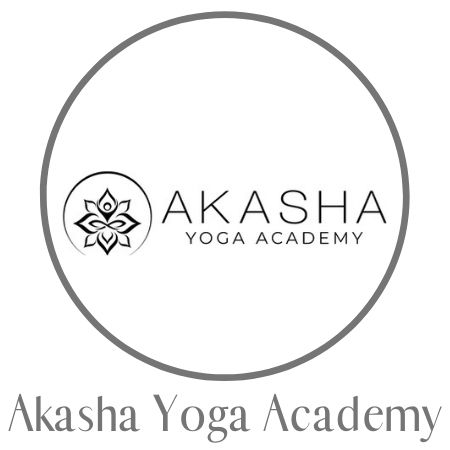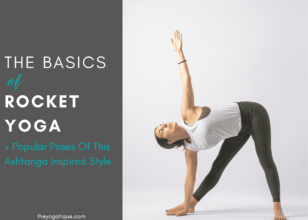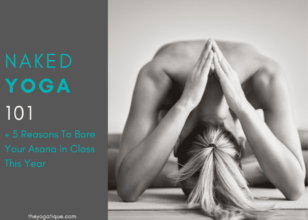You finally decided to take the leap and sign up for your first yoga class. You begin browsing the studio schedule but then are hit with total overwhelm…”Why are there so many different types of yoga?!” “Which is better, Hatha yoga vs. Vinyasa?”
Navigating the many styles of yoga can be a roadblock for a newbie. But you don't have to let the vast selection put you off.
In this article, I'll explain the key differences between the two most popular yoga styles; Hatha yoga vs Vinyasa. I'll break down both in the most understandable way, helping you decide which is best suited to your unique needs.
Are you ready to gain a deeper understanding, yogi? Let’s do it!
Article content:
(Click any link below to jump directly to section)

THE YOGA TEACHER TRAINING
YOU'VE BEEN LOOKING FOR.
Online Yoga Teacher Training Offers
- Affordability
- Flexibility
- Certification
- Lifetime access
⬇Click below to discover the best Yoga Alliance registered yoga teacher training online⬇
5 key differences between Hatha yoga and Vinyasa yoga
Hatha yoga and Vinyasa yoga, though both rooted in traditional practices and in, fact, different types of Hatha, offer distinct approaches that cater to different needs and preferences.
Vinyasa yoga is characterized by its faster pace and fluid transitions between poses, creating a dynamic and often invigorating experience.
In contrast, Hatha yoga emphasizes alignment and holding poses for longer durations, making it more suitable for beginners who need time to master each posture.
While Vinyasa sequences are continuous and flowing, Hatha practices focus on the precision of each pose.
Additionally, vinyasa sun salutations are typically quicker and more varied, whereas Hatha sun salutations are slower and emphasize form. Five key differences between Hatha and Vinyasa are:

1. Pace
The main difference between Hatha yoga vs. Vinyasa is speed – you move faster in Vinyasa yoga.
In Vinyasa, you may take just one breath (an inhale or exhale) in a pose before moving to the next one. While in a Hatha yoga class, you hold every posture for at least five breaths. In contrast.
Because of its dynamic nature, Vinyasa yoga tends to be more physically demanding. Thus, It is better for weight loss and fat burning, as you are likely to sweat more in a Vinyasa class than in a Hatha class.
For this reason, many people feel that Vinyasa is harder than Hatha yoga. Vinyasa requires more stamina and, thus, gets your heart racing more than Hatha yoga. And in terms of breath control, it can be tricky for beginners to maintain slow and steady breathing in Vinyasa yoga.
Even so, the slower pace of Hatha yoga makes this style quite challenging, especially the standing poses. For example, you hold balance postures like Tree Pose and Warrior 3 for longer than in a Vinyasa class. By the fifth breath, you are really feeling the burn!
Likewise, as you hold Warrior 2, you'll feel your arms get tired. Thus, Hatha yoga can significantly build muscular strength.
2. Alignment & transitions
Hatha yoga focuses on finding the correct alignment, while Vinyasa yoga focuses on transition, linking one pose to the next.
The Sanskrit word Vinyasa means “to place in a special way.” This refers to the sequencing of the postures. Vinyasa yoga has a very flowy style where you transition between the poses in a graceful, smooth way that makes it appear almost like a dance.
However, one aspect of Vinyasa yoga that many new yogis don't realize is that Vinyasa also means “to link movement and breath.” Therefore, the style is about more than just making a beautiful-looking sequence. The true purpose is to move with each breath to attain balance in the mind and body.
↓Great Yoga Alliance certified yoga teacher trainings you should look into↓
3. Hatha is better for beginners
If someone asks me what type of yoga they should do as a beginner, I often suggest Hatha.
Vinyasa yoga can be overwhelming and challenging when you're unfamiliar with the yoga poses and are not used to controlling your breath.
Compared to Vinyasa, Hatha is a gentle practice. Even so, it still brings many physical benefits, such as increased body strength, leaner muscles, and improved flexibility.
4. The sun salutations are different
In Vinyasa yoga, you practice sun salutations A & B, while in traditional Hatha yoga, you practice the Hatha variation.
Did you know there are three different sun salutations in yoga? Who knew?!
The Hatha version is similar to the Vinyasa and includes some of the same poses, such as downward-facing dog and upward-facing dog.
However, the Hatha variation is gentler as there is no Chaturanga Dandasana, which is common in the Vinyasa sun salutation.
5. Repetitiveness
Vinyasa is more repetitive. In a Vinyasa class, you will perform the same movements to build a sequence, while Hatha yoga tends to allow for more creativity in sequencing.
| Aspect | Hatha Yoga | Vinyasa Yoga |
| Speed | Slower-paced, holding poses for longer durations | Faster-paced, transitioning between poses with each breath |
| Focus | Emphasizes alignment and precision in each pose | Emphasizes fluid transitions and continuous flow |
| Beginner friendliness | More suitable for beginners due to the slower pace and detailed | Repetition |
| Sun salutations | Slower, with an emphasis on form | Quicker, includes variations like Chaturanga Dandasana |
| Repeititions | Less repetitive, more creativity in sequencing | More repetitive, building sequences through repeated movements |
Hatha yoga origin
Hatha refers to many modern yoga styles like Vinyasa, yet it can be traced back to the 1st century CE. Hatha comes from the Raja yoga branch. The physical practice was made famous by the renowned Indian yoga guru Sri Krishnamacharya.
Krishnamacharya taught Hatha yoga to many of the most famous yoga teachers, including Pattabhi Jois, B. K. S. Iyengar, Indra Devi, and T. K. V. Desikachar. These teachers then adapted the traditional yoga practice, creating the many different yoga styles we know today, like Ashtanga and Iyengar.
Vinyasa yoga origin
Vinyasa comes from the Ashtanga lineage, which was made famous by Patthabi Jois. Jois studied under the “original” Hatha yoga teacher Sri Krishnamacharya in Mysore, India, during the early 20th century. Patthabi Jois founded Ashtanga Yoga, and over time, the substyle known as Vinyasa developed.
There is no official founder of Vinyasa yoga, nor is it a specific system. Moreover, unlike Ashtanga yoga which follows a set sequence, Vinyasa offers much more flexibility and creativity in sequencing.
Moreover, Vinyasa refers to any sequence of yoga poses that flow from one to another. That being said, sequences typically progress in difficulty throughout Vinyasa classes. Each posture helps warm up the body, preparing it for more advanced poses.
Takeaway
Whether you love Vinyasa or prefer traditional Hatha, a regular yoga practice brings endless benefits to the body, mind, and soul. Both Hatha yoga vs. Vinyasa help you build strength and improve flexibility in the entire body. In addition, they calm the mind, lower stress levels, promote better breath control, and so much more!
FAQ about Hatha & Vinyasa
Is Hatha yoga beginner-friendly?
Hatha yoga is beginner-friendly because of its long holds of yoga postures. It is also less physically demanding than some of the other flow-based yoga styles.
Is Vinyasa yoga the hardest?
A level 4 Vinyasa class will be very physically challenging. The difficulty of a Vinyasa class will depend on what level of class you are in.
Some online yoga studios, online yoga teacher training programs, and brands that we write about may offer us a small commission should you decide to make a purchase or signup after reading our content. Thank you for enabling us to exist!


